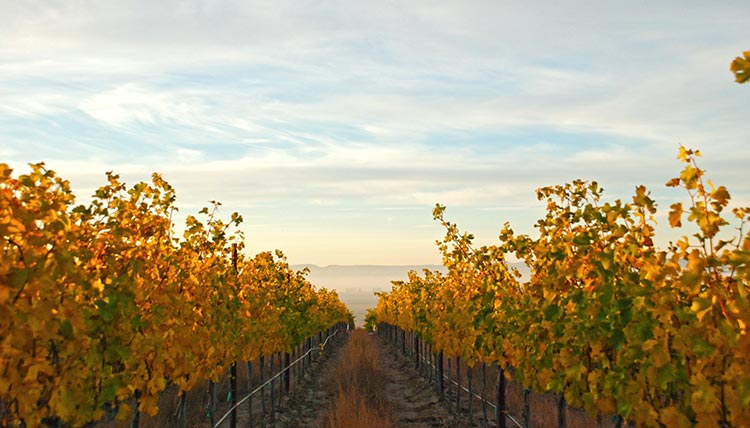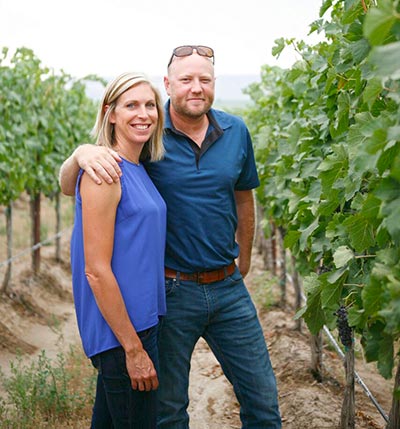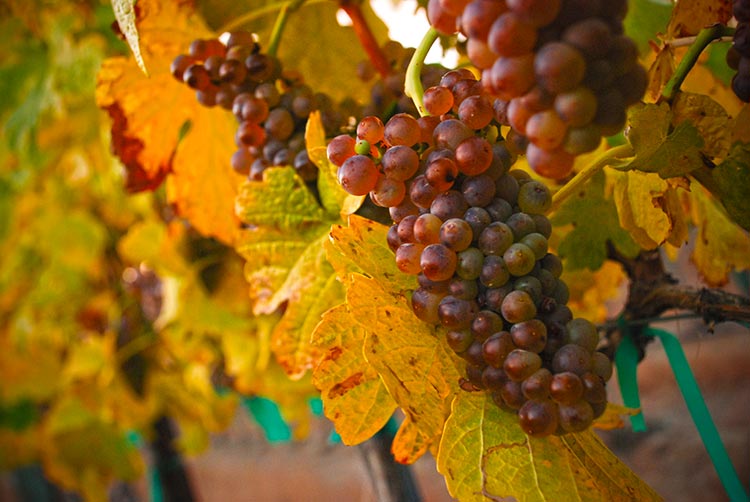
Royal Slope became the 15th official American Viticultural Area (AVA) in Washington on September 2, 2020.

This is welcome news to Royal Slope wine grape growers like Josh and Lisa Lawrence, owners of Lawrence Vineyards. Josh’s family has been farming in the agriculturally-rich area for over four decades and began planting their flagship vineyard in 2003. Today Josh oversees 450 acres of vineyards within the AVA.
In addition to selling premium wine grapes to vintners across the state, the Lawrence family also operates the only bonded winery within the AVA, Gard Vintners. Now they and a multitude of other wineries may now add the Royal Slope AVA designation to their wine labels.
“Royal Slope has jumped onto the wine map very quickly based on exceptional fruit character and quality,” says Alan Busacca PhD, who co-wrote the AVA petition with Richard Rupp PhD.
The Royal Slope AVA is a total 156,389 acres, wholly within the Columbia Valley AVA. It is located just to the south of the Ancient Lakes AVA, and to the north of the Wahluke Slope AVA. The area encompasses Frenchman Hills, a 30-mile long east-west trending ridge with a gentle to medium-steep south-facing slope.
There are more than 1,900 acres of wine grapes currently planted within the AVA, producing more than 20 red and white varieties.

“The AVA is something of an island geographically that is surrounded on all four sides by very different lands,” Busacca explains. “North of the AVA are generally flat lands of the Quincy Valley with soils on shifting dune sands. To the east and south of the AVA, the landscape falls away into the harsh, basalt bedrock-dominated cliffs of Crab Creek Coulee gouged out by Missoula Floods, and on the west, the bedrock cliffs fall away steeply to the Columbia River.”
Elevations are one of the key factors that makes the Royal Slope such a unique growing region, ranging from 610 feet above sea level in the southeast corner to 1,756 feet at the top of the Frenchmen Hills ridge. The latter is considerably higher than surrounding growing regions. Planting at higher elevations extends the growing season, delays ripening, and also helps retain natural acidity—components that contribute to making world-class wines.
